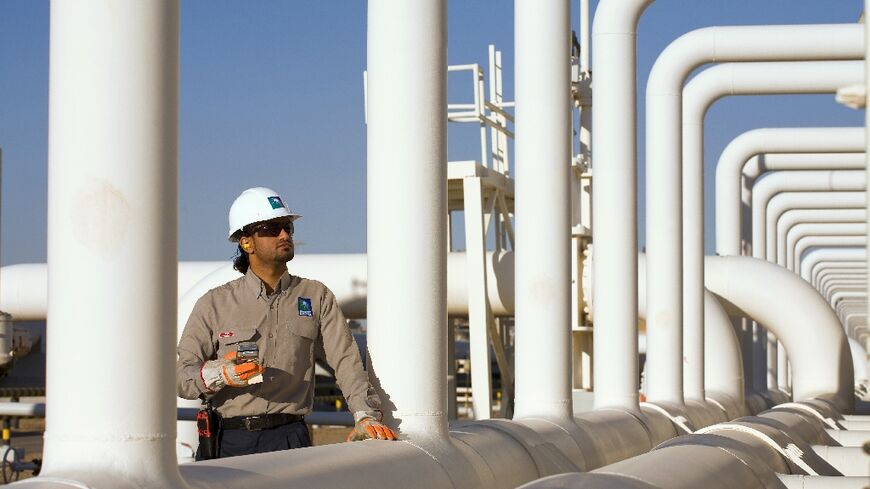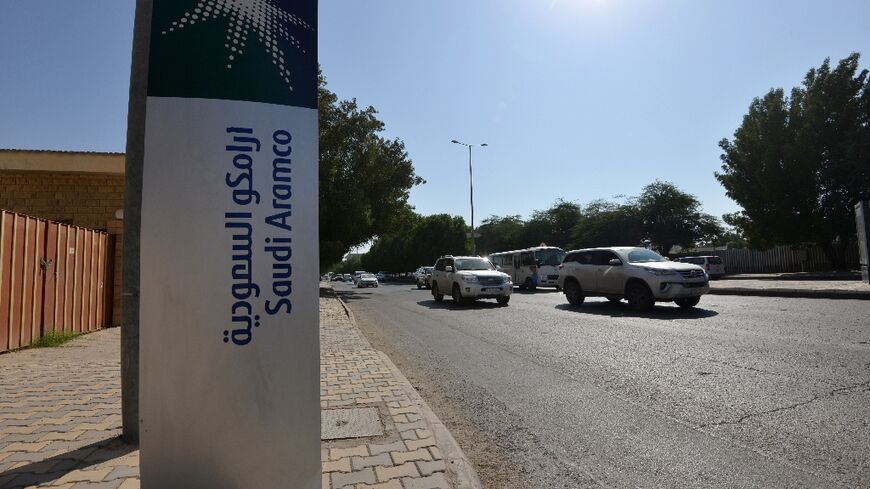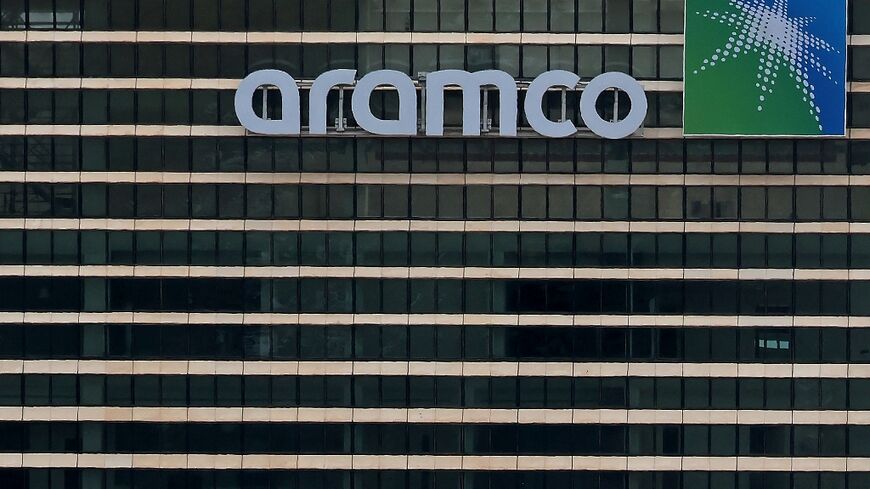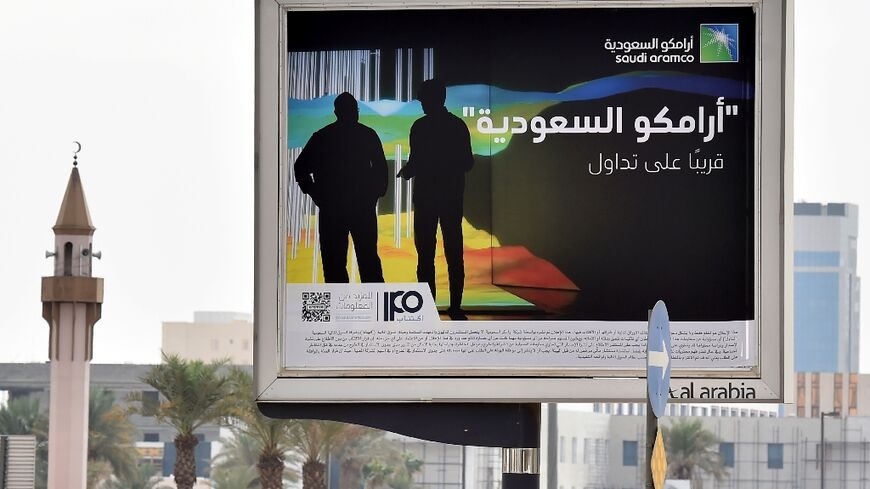Saudi Aramco posts 39 percent jump in profits

Saudi Aramco on Tuesday posted a 39-percent jump in third-quarter profits year on year boosted by higher oil prices resulting largely from Russia's invasion of Ukraine.
The announcement came as the OPEC+ cartel of oil producers was set to implement production cuts that have drawn the ire of the United States, which says the move -- approved at a meeting last month -- amounts to "aligning with Russia" in the conflict.
The energy giant's net income totalled $42.4 billion -- up from $30.4 billion during the same period last year -- and was "primarily driven by higher crude oil prices and volumes sold", it said in a filing with the Saudi stock exchange.
CEO Amin Nasser touted the firm's "strong earnings and record free cash flow" of $45 billion, up from $28.7 billion at this time last year.
"While global crude oil prices during this period were affected by continued economic uncertainty, our long-term view is that oil demand will continue to grow for the rest of the decade given the world's need for more affordable and reliable energy," he said in a statement.
Aramco's latest financial results were published just days before the COP27 climate summit aimed at curbing global warming.
Last year, ahead of the COP26 climate-change summit, Saudi Arabia pledged to achieve net zero carbon emissions by 2060, sparking scepticism from environmental campaigners.
Saudi Aramco, for its part, has pledged to achieve "operational net-zero" carbon emissions by 2050.
That applies to emissions that are produced directly by Aramco's industrial sites, but not the CO2 produced when clients burn Saudi oil in their cars, power plants and furnaces.
Saudi officials have lately stressed the need for more investment in the sector, arguing that focusing on climate change at the expense of energy security would further fuel inflation and other economic woes.
- 'Headwinds' -
Aramco is Saudi Arabia's "crown jewel" and primary source of revenue.
It has been well positioned to benefit from energy price spikes, boasting "the lowest cost of production by a huge margin" compared to other oil companies, said Ellen Wald, author of "Saudi Inc.", a history of the company.
That strong performance has led to a banner economic year for Saudi Arabia, driving a surplus that could help finance ambitious plans by Crown Prince Mohammed bin Salman to open up the kingdom and diversify its oil-reliant economy.
On Monday, Saudi Arabia reported a preliminary estimate of 8.6 percent economic growth in the third quarter of 2022 compared to the same period last year, "mainly due to the increase in oil activities".
The International Monetary Fund has said Saudi Arabia's GDP is expected to expand by 7.6 percent this year.
Yet a slowdown in China and recession fears in Europe and the United States could make it difficult for Aramco to maintain its current momentum, even after accounting for the OPEC+ cuts that would slash supply by two million barrels per day and a European ban on Russian crude imports due to take effect in December.
"The controversial production cut announcement by OPEC+ was driven in large part by concerns that energy prices were not exactly where oil-producing countries like Saudi Arabia wanted them to be," said Robert Mogielnicki, of the Arab Gulf States Institute in Washington.
"There are absolutely going to be headwinds associated with Aramco trying to realise the profits that they generated in previous quarters."
Long-term, Saudi Arabia plans to increase daily oil production capacity by more than one million barrels to exceed 13 million by 2027.
Aramco floated 1.7 percent of its shares on the Saudi bourse in December 2019, generating $29.4 billion in the world's biggest initial public offering.





